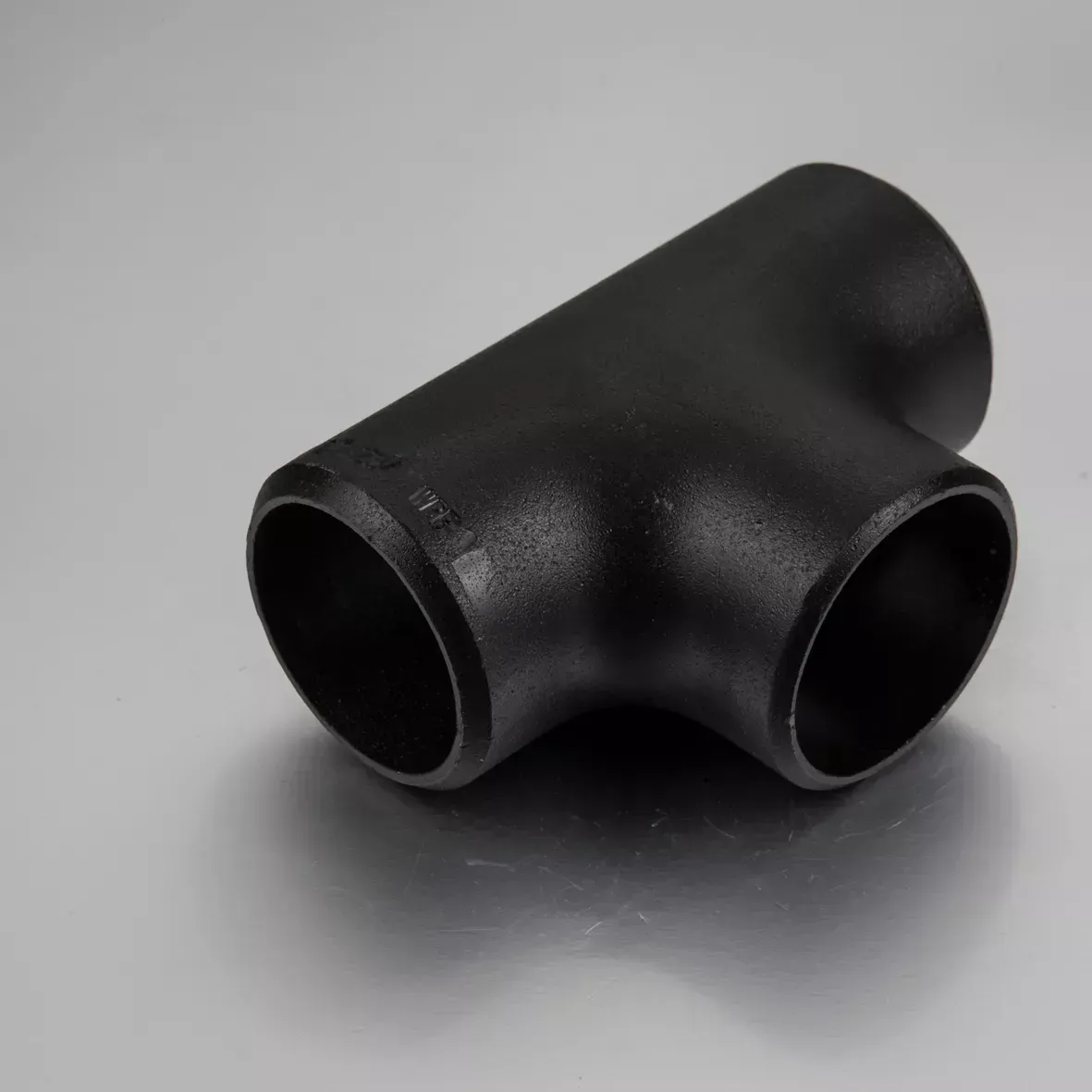-
Cangzhou Yulong Steel Co., Ltd.
-
Phone:
+86 13303177267 -
Email:
admin@ylsteelfittings.com

Oct . 18, 2024 15:47 Back to list
pipe welding rod types
Understanding Pipe Welding Rod Types
Pipe welding is a critical process used in various industries, including construction, manufacturing, and oil and gas. The quality of welds plays a significant role in the integrity and durability of pipeline structures. One of the key components in pipe welding is the welding rod, also known as the filler rod or electrode, which is chosen based on specific requirements such as material compatibility, welding technique, and the desired mechanical properties of the weld.
Types of Welding Rods
There are several types of welding rods that can be used for pipe welding, each having unique characteristics suited for different applications
1. Mild Steel Rods These are the most commonly used rods for welding carbon steel pipes. They provide excellent fusion and are available in various diameters and lengths. Mild steel rods offer great strength, and their ease of use makes them ideal for both beginners and experienced welders alike.
2. Stainless Steel Rods When working with stainless steel pipes, it is essential to use the correct type of stainless steel welding rod. These rods prevent corrosion, maintain the structural integrity of the weld, and provide a high level of cleanliness. They come in various grades, such as 308 and 316, tailored for different stainless steel compositions.
pipe welding rod types

3. Aluminum Rods Welding aluminum pipes requires specific aluminum rods, typically made from alloys depending on the application. These rods often have a lower melting point and require specialized techniques such as TIG or MIG welding to ensure a strong bond.
4. Cast Iron Rods For cast iron pipe welding, specialized cast iron rods are necessary. These rods typically contain nickel and are designed to create a bond that can withstand the unique properties of cast iron, such as its brittleness.
5. Flux-Cored Rods These rods are designed for semi-automatic and automatic welding processes. They are versatile and can be used in various positions, making them ideal for large-scale pipe welding operations. Flux-cored rods provide deeper penetration and better fusion, particularly when welding thicker materials.
Conclusion
Choosing the right welding rod is crucial for achieving high-quality pipe welds. Factors such as the type of material being welded, the welding process used, and environmental conditions play a significant role in deciding which welding rod to use. By understanding the different types of welding rods available and their properties, welders can enhance their skills and ensure the structural integrity of their projects.
Latest news
-
ANSI 150P SS304 SO FLANGE
NewsFeb.14,2025
-
ASTM A333GR6 STEEL PIPE
NewsJan.20,2025
-
ANSI B16.5 WELDING NECK FLANGE
NewsJan.15,2026
-
ANSI B16.5 SLIP-ON FLANGE
NewsApr.19,2024
-
DIN86044 PLATE FLANGE
NewsApr.19,2024
-
DIN2527 BLIND FLANGE
NewsApr.12,2024
-
JIS B2311 Butt-Welding Fittings LR/SR 45°/90° /180°Seamless/Weld
NewsApr.23,2024
-
DIN2605-2617 Butt-Welding Fittings LR/SR 45°/90°/180° Seamless/Weld
NewsApr.23,2024











